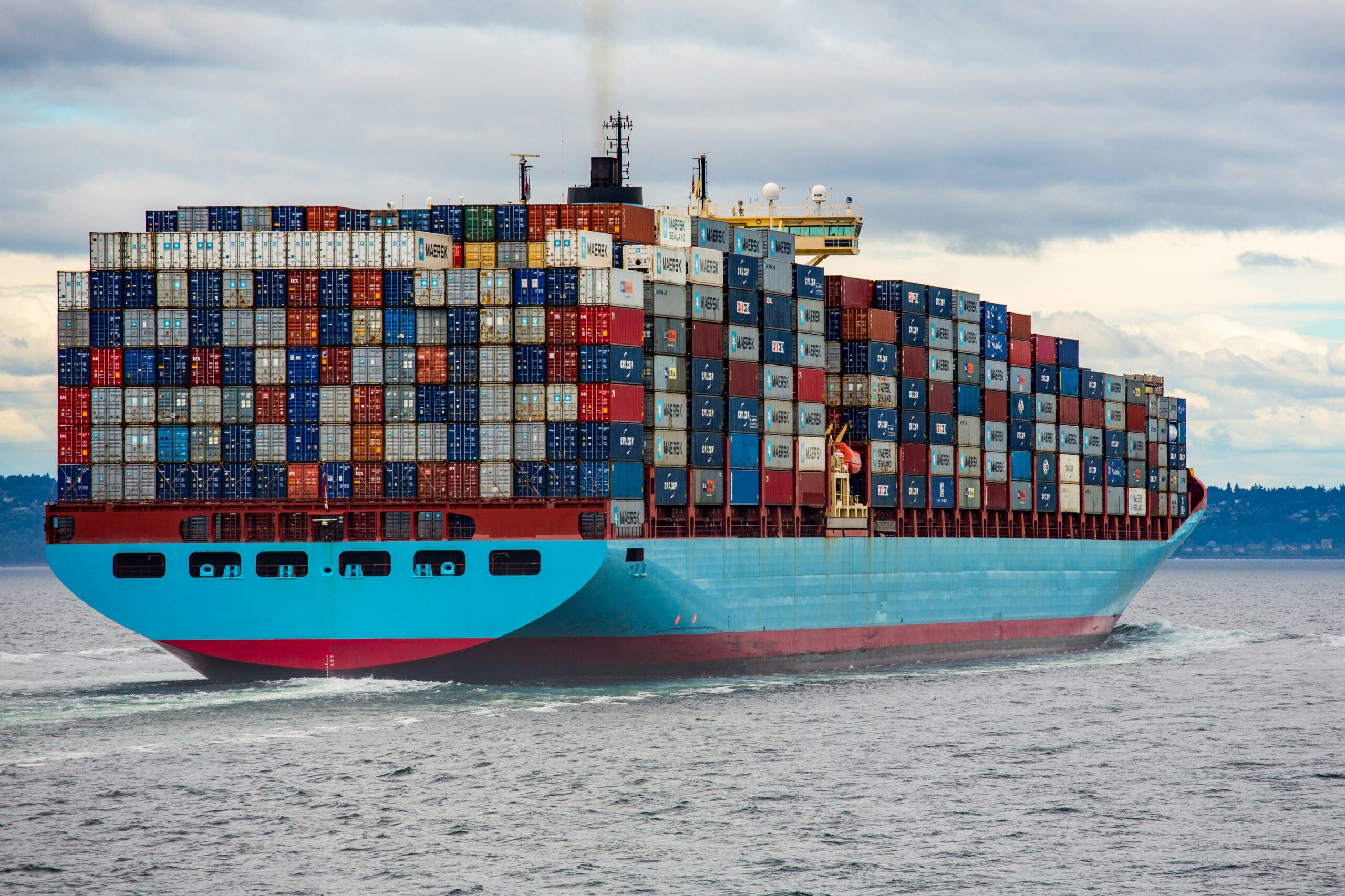The first international agreement on carbon pricing in shipping sets a direction for a green maritime future
The international shipping sector is setting a new direction. In a historic decision, member states of the International Maritime Organization (IMO) have agreed on the first binding global measures to reduce greenhouse gas emissions within the sector. The IMO Net Zero Framework, which is expected to be formally adopted in October, introduces mandatory targets for emission reductions and establishes a global carbon pricing system. This marks the first time such a mechanism has been adopted on a global scale for any industry. The agreement sends a clear message that fossil fuels are no longer considered a viable long-term option, while placing greater emphasis on the role of alternative fuels such as synthetic fuels. Despite concerns about its actual impact on reaching the sector’s climate targets, it stands as an example of multilateral cooperation in a time of geopolitical turbulence.
The Intersessional Working Group on the Reduction of Greenhouse Gases developed the new framework with a focus on medium-term measures aimed at achieving net zero emissions from international shipping by 2050. These measures are in line with the 2023 IMO Strategy for the Reduction of Greenhouse Gas Emissions from Ships.
The Net-Zero Framework: global carbon pricing and fuel standards
Despite initial controversy, IMO member states agreed on binding mid-term measures, set to take effect in 2027 for ships over 5,000 gross tonnage. Thus, the framework will cover approximately 85% of global shipping emissions. Central to the agreement are two main pillars:
- A Global Fuel Standard that mandates annual GHG intensity reductions, aiming for a 30% cut by 2035 and 65% by 2040, compared to 2008 levels.
- A Two-Tier Compliance Pricing System based on how closely a vessel meets the targets:
- Under Tier 2 (Base Compliance), all ships must follow the minimum GHG Fuel Intensity (GFI) trajectory, which sets a maximal allowance of GHG emissions per megajoules. Ships that fail to meet these targets must buy remedial units priced at $380 per tonne CO₂ equivalent.
- Tier 1 (Direct Compliance) sets stricter GFI targets (43% by 2035) but allows for greater flexibility. Shipowners can offset their shortfalls by purchasing a lower-priced unit at $100 per tonne or using surplus credits from over-compliance in earlier years.
- Ships exceeding the base targets must cover the full emissions gap using a combination of both Tier 1 and Tier 2 units.
Additionally, the framework defines a threshold for “zero or near-zero” fuels: 19 gCO₂e/MJ initially, tightening to 14 gCO₂e/MJ by 2035 – thereby promoting the use of synthetic fuels and discouraging reliance on fossil-based alternatives.
A fund supporting a just and equitable transition
Revenues from the compliance credit system will flow into the newly created IMO Net Zero Fund. The fund is intended to reward innovation in low-emission technologies and to assist developing countries through capacity building, infrastructure development, and technology transfer. However, some experts have voiced concerns that the expected revenues may not be sufficient to support both the advancement of new technologies and a fair energy transition at the same time.
Reactions and criticism
Although the final package passed with 63 countries in favor and 16 opposing, it has not been without controversy. Analysts from the Global Maritime Forum (GMF) and University College London (UCL), among others, have raised doubts about the effectiveness of the proposed fuel emission targets and the level of funding. They argue that the measures may not be enough to ensure rapid deployment of scalable alternative fuels or to attract the necessary investments in infrastructure. Furthermore, the complexity of the system places a significant portion of the financial burden on private stakeholders, which could result in slower innovation and delayed implementation.
A step ahead on the path to climate neutral shipping
In spite of these concerns, the agreement sends a clear message. The role of fossil fuels in international shipping is expected to decline sharply in the coming years. The Framework is designed to limit their use significantly over the next 15 years, sending the signal to shipbuilders and fleet operators that synthetic fuels based on renewable energy are the most viable option for the future.
Importantly, this agreement stands as a rare example of successful international cooperation in a time of increasing geopolitical tensions. While several key aspects such as the distribution of revenues and the accounting of emissions still need to be defined, and further discussions are planned in intersessional working groups ahead of the final adoption in October 2025, the foundation for change is now in place. The next two years will be decisive in transforming these ambitions into practical results, where the measures are expected to take effect in 2027.
Antonia Schiller, Anna Jakobsen and Philipp Wittrock contributed to this article
